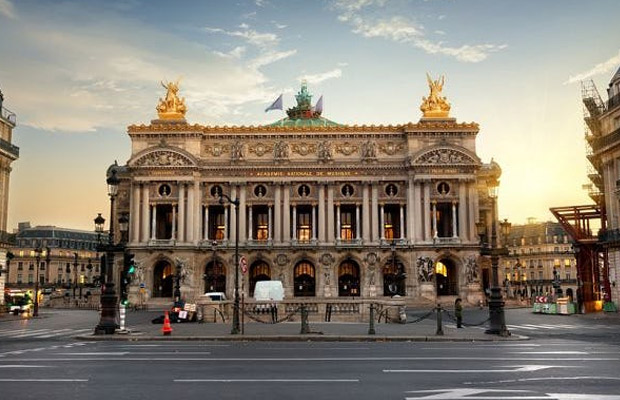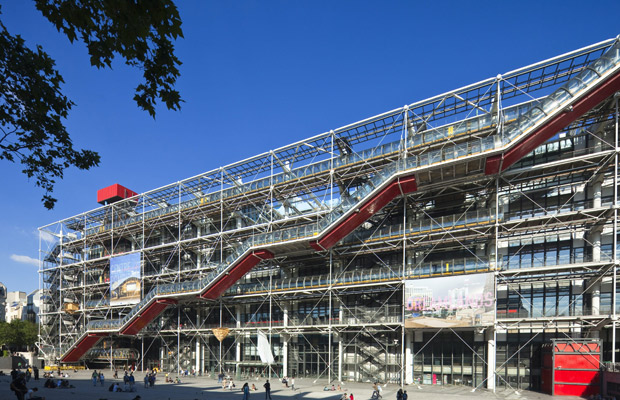Palace of Versailles
Palace of Versailles
France
Paris
Paris Travel Guide
Book Tour & Activities
Your tour in Paris.
Book your stay
Your hotel in Paris.
Overview
The Palace of Versailles was the principal royal residence of France from 1682, under Louis XIV, until the start of the French Revolution in 1789, under Louis XVI. It is located in the department of Yvelines, in the region of Île-de-France, about 20 kilometres southwest of the centre of Paris.
A simple hunting lodging and later a small château with a moat occupied the site until 1661, when the first work expanding the château into a palace was carried out for Louis XIV. In 1682, when the palace had become large enough, the king moved the entire royal court and the French government to Versailles. Some of the palace furniture at this time was constructed of solid silver, but in 1689 much of it was melted down to pay for the cost of war. Subsequent rulers mostly carried out interior remodeling, to meet the demands of changing taste, although Louis XV did install an opera house at the north end of the north wing for the wedding of the Dauphin and Marie Antoinette in 1770. The palace has also been a site of historical importance.
History
The hunting lodge and château of Louis XIII
The site of the Palace was first occupied by a small village and church, surrounded by forests filled with abundant game. It was owned by the Gondi family and the priory of Saint Julian. King Henry IV went hunting there in 1589, and returned in 1604 and 1609, staying in the village inn. His son, the future Louis XIII, came on his own hunting trip there in 1607. After he became King in 1610, Louis XIII returned to the village, bought some land, and in 1623-24 built a modest two-story hunting lodge on the site of the current marble courtyard.[5] He was staying there in November 1630 during the event known as the Day of the Dupes, when the enemies of the King's chief minister, Cardinal Richelieu, aided by the King's mother, Marie de' Medici, tried to take over the government. The King defeated the plot and sent his mother into exile.
After this event, Louis XIII decided to make his hunting lodge at Versailles into a château. The King purchased the surrounding territory from the Gondi family and in 1631–1634 had the architect Philibert Le Roy replace the hunting lodge with a château of brick and stone with classical pilasters in the doric style and high slate-covered roofs, surrounding the courtyard of the original hunting lodge. The gardens and park were also enlarged, laid out by Jacques Boyceau and his nephew, Jacques de Menours (1591–1637), and reached essentially the size they have today.
The palace of Louis XIV
Louis XIV first visited the château on a hunting trip in 1651 at the age of twelve, but returned only occasionally until his marriage to Maria Theresa of Spain in 1660 and the death of Cardinal Mazarin in 1661, after which he suddenly acquired a passion for the site.[9] He decided to rebuild, embellish and enlarge the château and to transform it into a setting for both rest and for elaborate entertainments on a grand scale.
The first phase of the expansion (c. 1661–1678) was designed and supervised by the architect Louis Le Vau. Initially he added two wings to the forecourt, one for servants quarters and kitchens, the other for stables. In 1668 he added three new wings built of stone, known as the envelope, to the north, south and west (the garden side) of the original château. These buildings had nearly-flat roofs covered with lead. The king also commissioned the landscape designer André Le Nôtre to create the most magnificent gardens in Europe, embellished with fountains, statues, basins, canals, geometric flower beds and groves of trees. He also added two grottos in the Italian style and an immense orangerie to house fruit trees, as well as a zoo with a central pavilion for exotic animals. After Le Vau's death in 1670, the work was taken over and completed by his assistant François d'Orbay.
Address: Place d'Armes, 78000 Versailles, France
Departments: Bassin de Bacchus · Honour Courtyard · Queen's House
Construction started: 1631
Area: 8.2 km²
Architectural style: French Baroque architecture
Architects: André Le Nôtre, Louis Le Vau, Jules Hardouin-Mansart
Video Travel Inspiration
See Palace of Versailles on Map
Most Popular Cities

Siem Reap
Cambodia
Ho Chi Minh City
Vietnam
Beijing
China
Paris
France
London
United Kingdom
New York
USA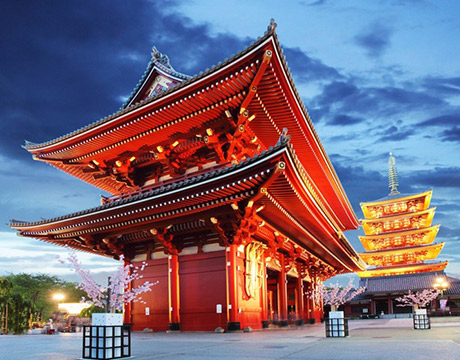
Tokyo
Japan
Bangkok
Thailand
Seoul
South Korea
Vientiane
Laos
Yangon
Myanmar
Washington DC
USA
Los Angeles
USA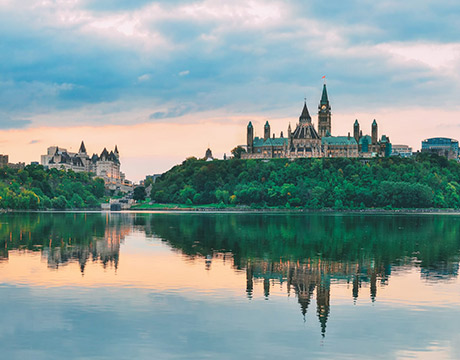
Ottawa
Canada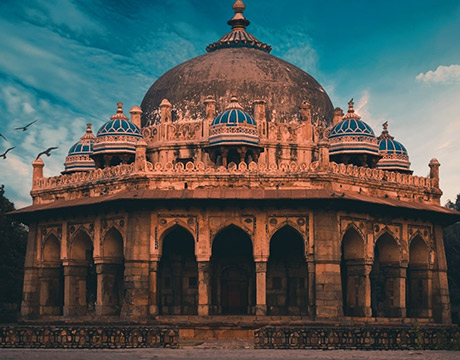
New Delhi
India
Singapore
Singapore
Kuala Lumpur
Malaysia
 English
English French
French Khmer
Khmer Thai
Thai Vietnamese
Vietnamese Chinese
Chinese Korean
Korean German
German Japanese
Japanese Italian
Italian Russian
Russian Spanish
Spanish Dutch
Dutch Indonesian
Indonesian Malay
Malay

